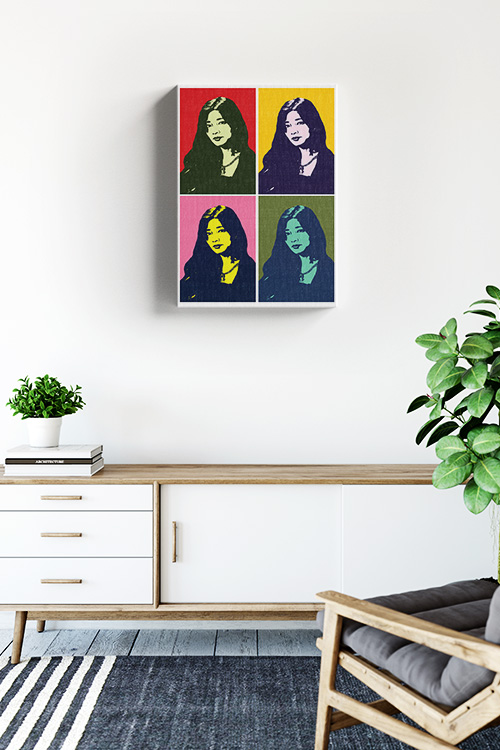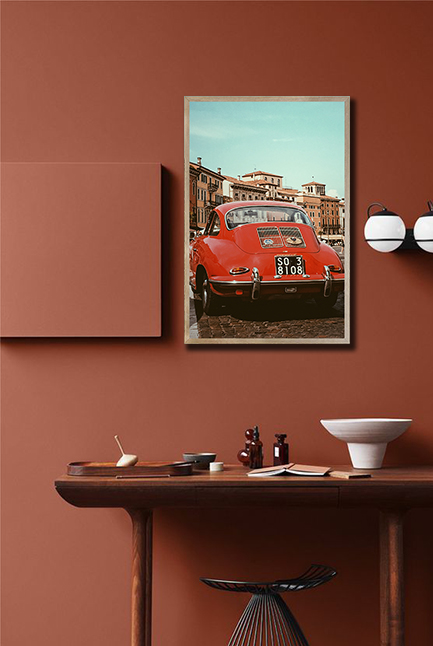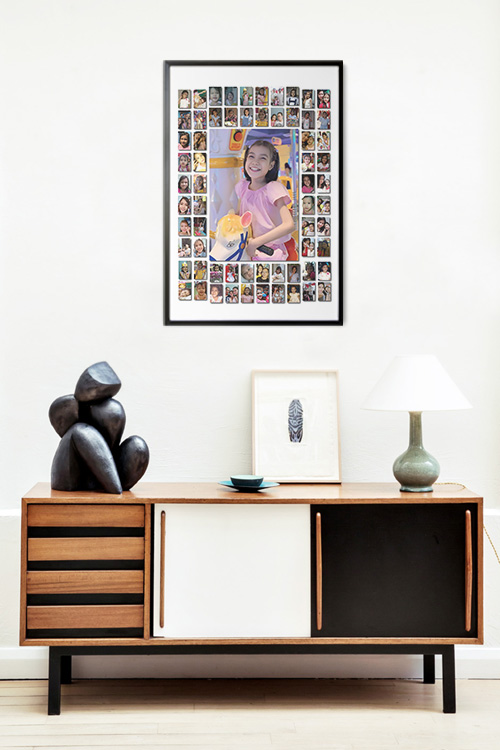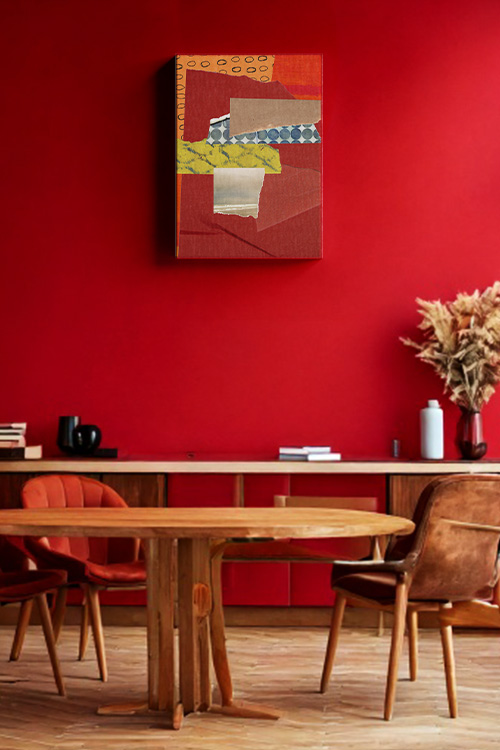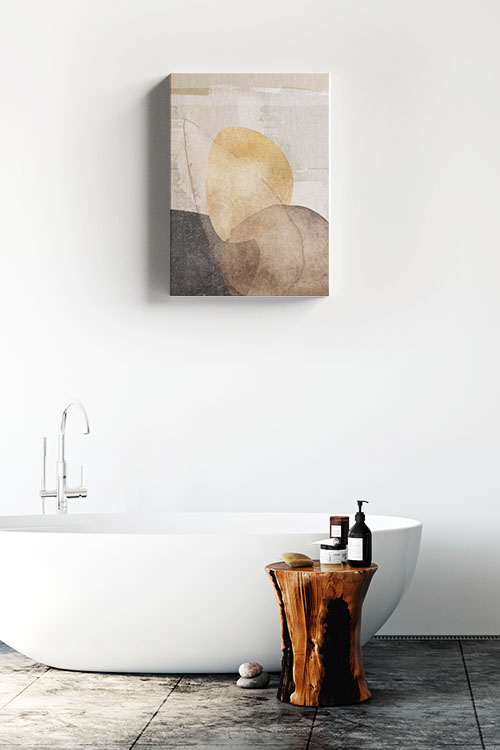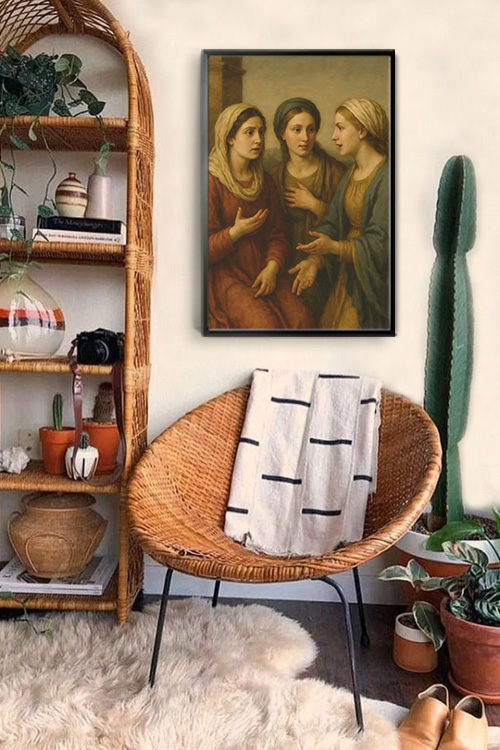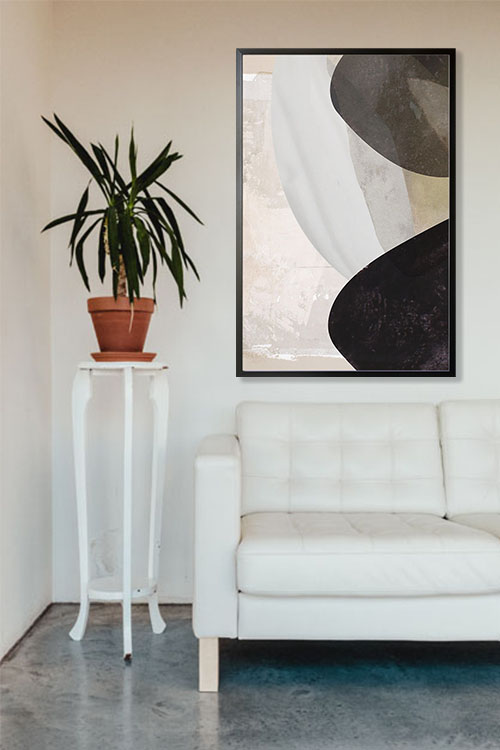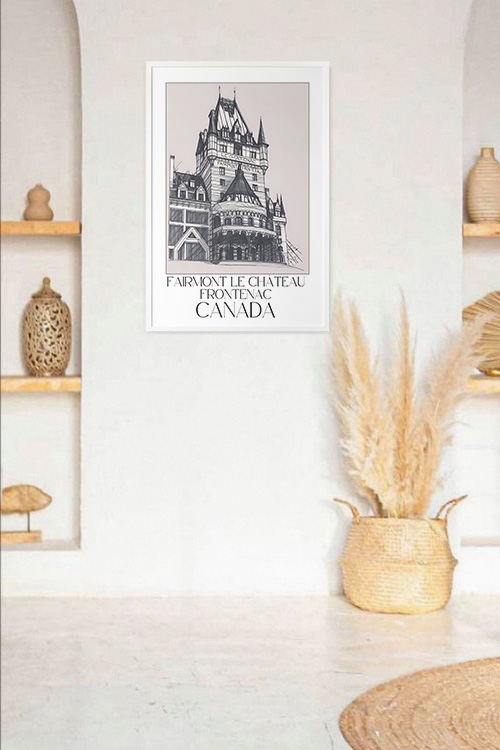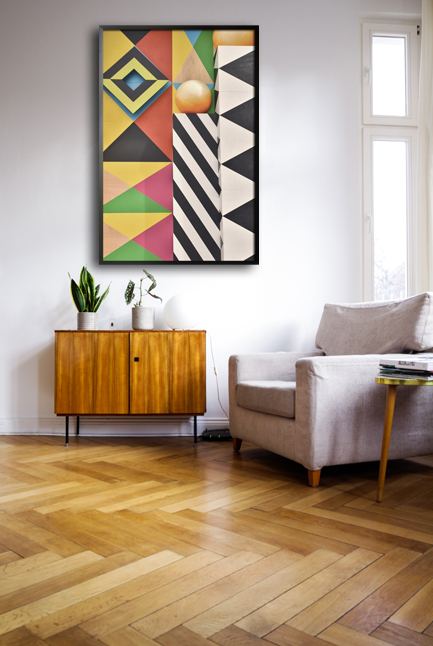
Geometric patterns, a long-standing staple in interior design, offer structure, rhythm, and visual intrigue to a space. From ancient Greek mosaics to modern Scandinavian interiors, these shapes have continuously evolved while maintaining their timeless appeal. Today, their versatility knows no bounds, inspiring homeowners and designers to create bold statements or subtle elegance in their spaces.
One of the main reasons geometric patterns remain a popular choice is their ability to bring order and harmony to interiors. Shapes ike triangles, hexagons, diamonds, and chevrons can create a sense of rhythm that feels both organized and dynamic. When used thoughtfully, these patterns can define areas within a room, guide the eye, or highlight specific design elements such as walls, rugs, or furniture.
Geometric patterns also add personality and character. A boldly patterned accent wall featuring oversized shapes can instantly become the focal point of a living room. On the other hand, soft geometric prints on cushions, curtains, or tiles can introduce texture and dimension without overwhelming the overall design. For instance, a living room with a bold, geometric accent wall can be balanced with subtle, geometric-printed cushions and curtains. Their versatility allows them to complement a wide range of styles, from minimalist and contemporary to bohemian or retro-inspired spaces.
Color is a powerful tool in the impact of geometric patterns on a room. Neutral shades paired with simple shapes can create a calm, sophisticated atmosphere. In contrast, bright colors combined with striking patterns bring vibrancy and energy, perfect for playful or eclectic interiors. Black and white geometric designs are particularly popular for their timeless, high-contrast appeal, often lending a modern, chic edge to kitchens, bathrooms, and entryways.
Incorporating geometry doesn’t always mean covering entire walls or floors. Smaller elements such as lighting fixtures, mirrors, or shelving with geometric frames can subtly introduce the trend. For those hesitant about bold choices, starting with accessories like rugs or artwork can be a great way to experiment before committing to larger design features. You can also experiment with different shapes and colors to see what works best in your space.
Ultimately, geometric patterns are about balance. Too many bold shapes can overwhelm, while too few may go unnoticed. The key is to integrate them in a way that enhances, rather than competes with, other design elements. Whether used subtly or boldly, geometric patterns bring both modern sophistication and timeless appeal, making them a powerful tool in interior design.
